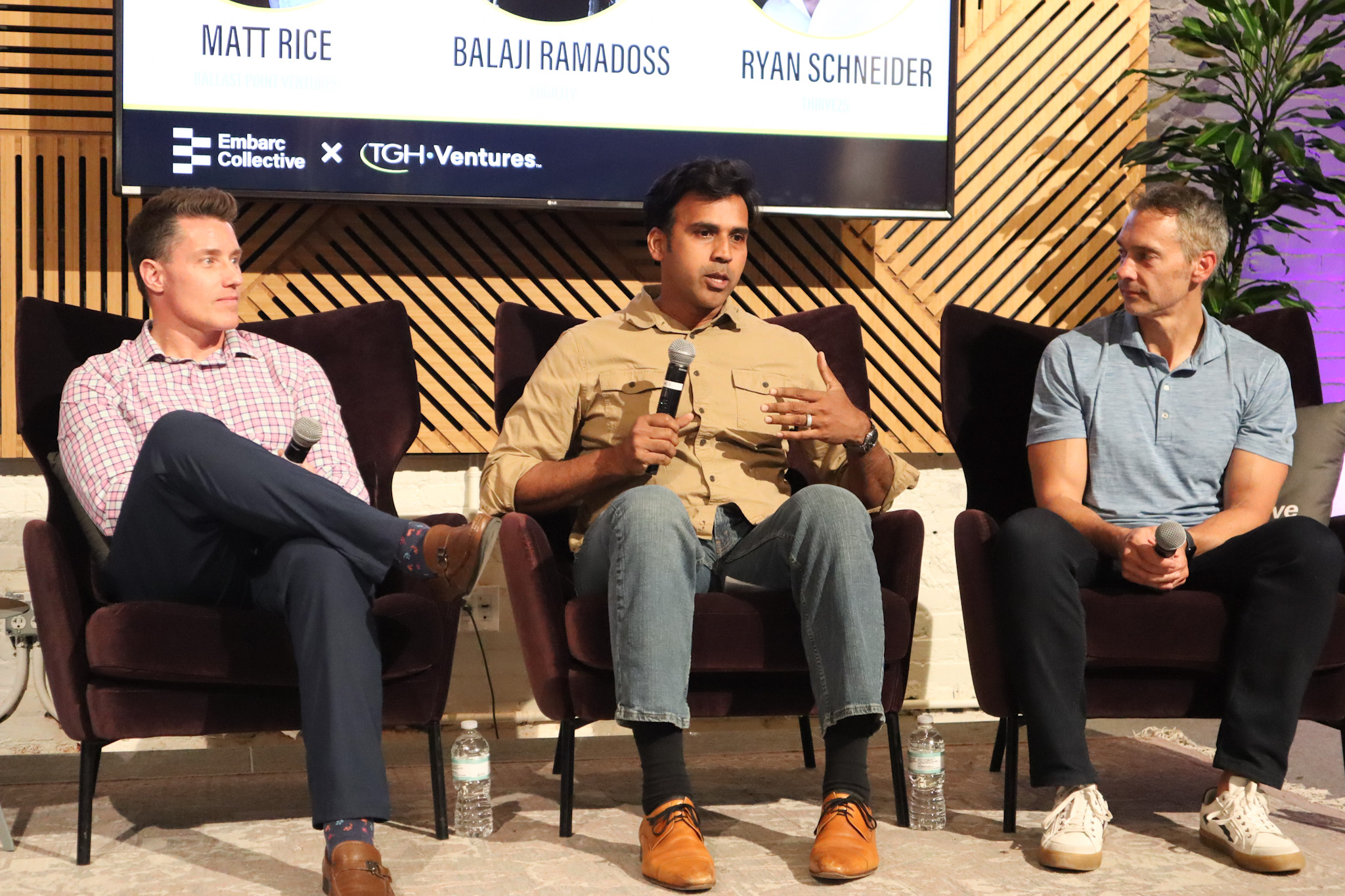Finding the best talent faster. It’s what every company wants to do. Having a well written job description can help in that process.
A job description is a multi-purpose tool. It is a candidate’s initial impression of a company – think of it as a position’s resume. It is also the company’s face and voice to the market – more than just outlining the role, a good job description is also an opportunity to share your company’s culture, vision, and growth potential.
In our recent Jobs Update 2019 Report, 141 of the 324 job listings we studied didn’t have a job description. Our data suggests that taking the time to write a job description is worth it.
Face to the Market
The description should showcase the company’s vision, mission, and culture. It reflects how the company thinks about the positions its hiring for and how this is communicated publicly. Take time when writing this document. Ensure it really captures the essence of the company by incorporating the values and brand guidelines of the company. Be clear on the expectations of the role and opportunity for growth within the company. What is most important for a reader to learn about the business and the position?
The Act of Writing
The process of writing a job description is an exercise in clarity that directs the hiring manager and/or leadership team to really think about the scope of the role, its responsibilities, the ideal skill set and experience that the company seeks. It ensures alignment within the company if it has been written as a collaborative effort.
Questions you should ask as you start to draft a job description:
What is the ideal profile of a candidate?
What skills/experience do you want someone to bring that will have an impact on the company?
Culturally, who will be the right fit?
What type of people thrive in the company? (Note – this doesn’t mean that we are trying to find more of the same people, on the contrary)
What is the right level of experience?
Would you consider an up and comer or is it more important to have experience and tenure?
Where does the role fit within the organization?
What are the opportunities for growth as the company scales?
How will this hire affect the company’s org structure now and in the future?
The job description sets the framework to be able to assess candidates as you interview them. While you do not want to be too rigid as you evaluate candidates, the job description will provide a guideline for what you are seeking in an ideal candidate. Once the hire is made, the job description is what someone can be held accountable to in their role.
What to Include?
There are several key components you will want to include:
Overview on the company – What is its mission and vision? What is the product? What is the focus of the company? Be sure to include info on size of company, funding, location and offices, if more than one. Be sure to incorporate the company culture/brand voice as you are writing – it is very important to give readers a sense of the company. See a few examples here and here.
Overview of the role – this provides a snapshot of the position – what are the key components of the role? What are the priorities? Who does this person report to? Why is this role important? What other roles are part of the team?
Responsibilities – bullet out all of the specific responsibilities (priority order of focus and time). Be sure to tie those into the growth of the company – you want to show that new hires will have the ability to contribute and have an impact while also showing the opportunity for growth within the company.
Qualifications – what are the skills, experiences, successes, achievements, track record you want to see in someone’s background? List in priority order (nice to have vs. must have). Be specific without being too narrow. Be creative in how you consider track record – people have different types of experiences, often non-traditional experiences, that can be additive to your team. You could consider including a statement that would encourage people to apply who might not have most/all of the qualifications. Be aware, though, that this could open the flood gates to non-qualified applicants and makes it more difficult to get to the right resumes.
Compensation Package & Benefits – provide an overview as to what will be included in the package (base, bonus, stock options, benefits, perks, etc. – note, you do not need to include specific numbers but rather a full understanding of what the comprises the package). Is this a role that can work remotely?
EEO / Diversity Statement – to comply with the Equal Employment Opportunity Commission Law – https://www.eeoc.gov/employers/
A strong job description is thorough, detailed and complete. It is a living document that may evolve as you go through the interview process. Candidates want to get as much of an understanding of the company and the role prior to an interview so make the description as compelling, insightful and informative as possible. It is your chance to distinguish your company and the opportunity from everyone else who is hiring.
Additional Resources
Job description checklist from Google
Textio – free tool that analyzes and improves job descriptions for effective language
See the full Jobs Update Report 2019
Keep up with the latest in Tampa Bay startup news, local talent interviews and founder resources.
Delivered to your inbox every Thursday.



